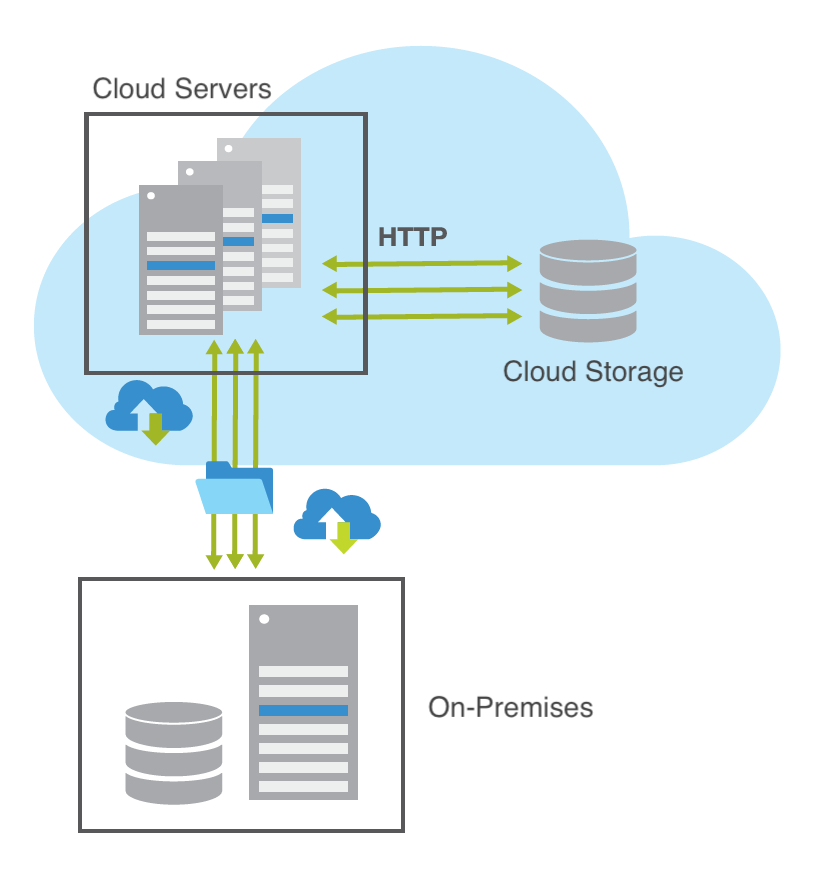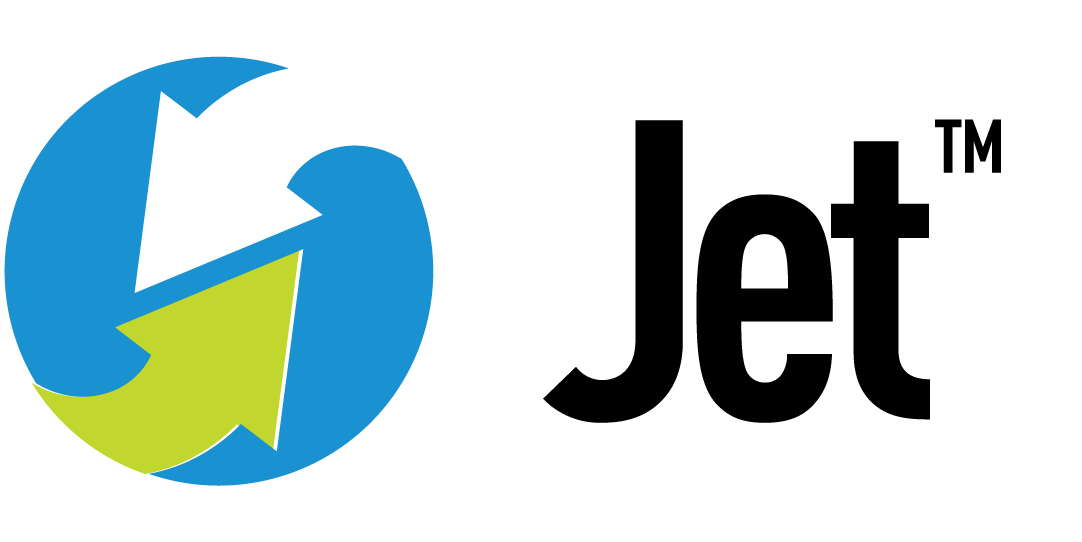Optimize File Transfer Efficiency with Scale-Out Architecture
For growing media companies, scale-out architecture for cloud file transfer efficiency has become essential to manage digital content’s ever-increasing volume and complexity. This architecture enables seamless scalability, allowing media companies to handle massive files like large, high-resolution videos and datasets by distributing the workload across multiple nodes.
By adopting file transfer services with scale-out architecture, media companies can streamline operations, improve collaboration across distributed teams, and remain competitive in a rapidly evolving global industry. It ensures high performance and reliability, minimizing transfer times and reducing the risk of bottlenecks or system failures.
Why Does Scale-out Architecture Increase File Transfer Efficiency?
The Signiant Platform transfers files quickly by adding more resources when needed. This allows the system to handle larger amounts of data without slowing down.
When workloads exceed base resources, the platform automatically deploys extra servers and resources to balance the load. It can also transfer one file across different cloud instances and vendors, increasing speed and consistency while lowering costs compared to other methods.
Signiant, a leader in intelligent file transfer solutions, leverages scale-out architecture to enhance cloud file transfer efficiency. This approach offers numerous benefits, including unparalleled scalability, high performance, flexibility, and cost-effectiveness.
By distributing workloads across multiple nodes, the Signiant Platform ensures optimal resource utilization, resilience, and redundancy, crucial for maintaining continuous data availability and security. Additionally, this architecture supports global reach and futureproofing, enabling Signiant to seamlessly adapt to evolving technological advancements.
An example of this is a global sporting event. These events generate vast amounts of high-resolution video content that must be transferred from on-site locations to cloud storage for editing, broadcasting, and archiving.
The Signiant Platform can adjust resources as needed to handle large amounts of data and reduce resources when not needed. A scale-out architecture for file transfers helps make operations fast, reliable, and cost-effective. This ensures that content is delivered on time to a global audience.
What is the difference between scale-up and scale-out architecture for file transfer efficiency from on-premises locations to cloud storage using accelerated file transfer? Let’s take a look.
Scale Up vs. Scale Out
Scale-Up Architecture for Cloud File Transfer

Scale-up architecture — or vertical scaling— refers to enhancing the capacity of existing hardware or software resources to meet increased performance demands. This approach involves upgrading individual components, such as adding CPU power, memory, or storage to a single server or system.
While this can improve performance in the short term, it often leads to higher costs and can create potential single points of failure. Additionally, a physical limit exists to how much a single system can be upgraded, making it less scalable in the long run.
Scale-up architecture is typically used in environments where simplicity and centralized management are prioritized, but it may not offer the same flexibility and resilience as scale-out architecture.
Once these limits are reached, the transfer cannot go any faster, even if additional network bandwidth is available. This approach requires accurately predicting compute resource needs and relies on a bigger, more expensive machine to accelerate large file transfers.
Scale-up architecture lacks the flexibility for rapid scaling to meet unexpected spikes in demand and increases the risk of downtime and data loss due to its reliance on a single machine, compromising redundancy and reliability. Furthermore, it can be inefficient during low-demand periods, as resources may remain underutilized, leading to wasted capacity and higher costs.
Scale-Out Architecture for Cloud File Transfer

On the other hand, scale-out architecture — or horizontal scaling — solves the problem with a commodity computing approach, using an array of low-cost machines and scaling a single file transfer across multiple compute instances or nodes. By utilizing a large number of readily available computing components for parallel processing, companies can obtain the greatest amount of useful computations for the least cost. System architects recognized the efficiency of commodity computing even before cloud computing had developed.
One of the first real advances in computer processing speed was introduced in the 1980s after an MIT graduate student recognized the “scaling out” advantages of many parallel processors over the huge, expensive, and slow supercomputers of the day. By processing data across thousands of computer processors working in tandem, like the brain’s neural network, they could smash speed records.
Since then, computer performance has risen sharply, and costs have dropped to the point that most of us own at least one. And high-performance computing applications have increasingly adopted low-cost commodity systems for tasks that would have once required supercomputers.
The cloud, which is basically a massive cluster of servers and storage, is theoretically a perfect match for scale-out architecture. However, cloud software must be designed to take advantage of the cloud, allowing for efficient management and maintenance of data transfers across multiple nodes.
The Signiant Platform’s patented architecture for data transfer is the only solution to date that scales out large file transfers to cloud services.
Future Trends in File Transfer Technology
Rapid and continuous technological advancements influence content movement, file transfer efficiency, and interoperability with current and emerging software platforms, storage types, and metadata.
Artificial intelligence (AI) and machine learning (ML) are at the forefront of these changes, playing growing roles in generative content, metadata utilization, and optimizing file transfer network routes. These technologies automate complex processes, reduce human error, and increase efficiency. For instance, AI can analyze and tag large volumes of data quickly, while ML algorithms can determine the most efficient paths for data transfer, dynamically adjusting to network conditions.
The industry trend toward automation extends beyond AI and ML. Companies increasingly automate rote, labor-intensive tasks such as VFX rotoscoping, footage ingest, and content distribution. File transfer services now leverage automated transfers triggered by hot folders or scheduled tasks, as well as automated metadata collection, to streamline operations. This automation reduces manual intervention, minimizes errors, and increases file transfer efficiency, ultimately enhancing business operations and the reliability of content creation and distribution processes.
To fully leverage the benefits of public cloud services, an efficient file transfer service must be designed as cloud-native software and implemented as a true software-as-a-service (SaaS) model. This approach goes beyond merely “cloud washing,” where existing terrestrial solutions are moved into virtual environments. Instead, it involves developing software inherently built for the cloud, utilizing cloud-native architectures and secure design principles, and using cloud services to maximize performance, scalability, and reliability.
Media today happens everywhere, making it crucial for file transfer services to efficiently access, integrate, and work seamlessly with various software and hardware components. Interacting with different systems is essential for smooth operations across diverse media environments. Robust APIs and SDKs facilitate the customization and scalability of solutions, future-proofing technology and allowing media companies to adapt to evolving technological demands while maintaining a competitive edge.
As industries like gaming continue pushing the boundaries of data transfer requirements due to their rapid growth and the increasing complexity of digital assets, the need for advanced file transfer solutions becomes more critical. For an in-depth look at how Signiant’s technology addresses these high-demand scenarios in the gaming sector, refer to our detailed analysis.
Leading the Way in File Transfer Efficiency with Signiant
Scale-out architecture is a crucial differentiator for companies moving large video files or datasets. This innovative approach offers numerous benefits that drive business success and operational efficiency. Here are the key advantages of adopting scale-out architecture for your file transfer needs:
Scale-Out Architecture Key Takeaways
Signiant is dedicated to staying at the forefront of the file transfer industry by continually incorporating cutting-edge technology into our solutions. Signiant’s commitment to innovation ensures the most efficient, reliable, and secure file transfer services. By leveraging advancements in areas such as scale-out architecture, cloud computing, artificial intelligence, and machine learning, Signiant empowers businesses to handle their growing data demands with ease and maintain a competitive edge in an ever-evolving digital landscape.
Stay updated with Signiant’s latest technology and capabilities by bookmarking our blog.

The easiest and most reliable way for people to send any size file, anywhere, fast

Powerfully simple unattended content exchange, within and between companies

Advanced system-to-system automated file movement for complex networks and workflows


